Typhoon Ragasa was the 18th tropical storm system of the 2025 Pacific Typhoon Season. It made landfall in the Philippines and China before dissipating over the Chinese Mainland. Even though the Typhoon did not hit Taiwan directly, it was the deadliest typhoon in Taiwan during the last 16 years, and the strongest Typhoon of the 2025 season so far. In this blog, we will share some memories of this storm and its impact on Taiwan.
🏯 Planning your trip to Taiwan? 🌊
Here are some top travel tips for you:
- Best time to visit: Spring and Autumn when it is not too hot or cold and less rainy
- How to get there: Plane tickets via Trip.com
- Best places to stay can be found on Agoda
- Book tours and activities in Taiwan on Klook
- Stay connected with a local SIM
- Rent a car to explore distant sights
Storm Formation and Path
Typhoon Ragasa became a depression on September 18, 2025, and was upgraded to a tropical storm on the same day. On September 19th, it strengthened into a Typhoon. The Typhoon had maximum winds of 205 km/h, making it a solid Category 5 Super Typhoon, and the strongest Typhoon of the season so far.
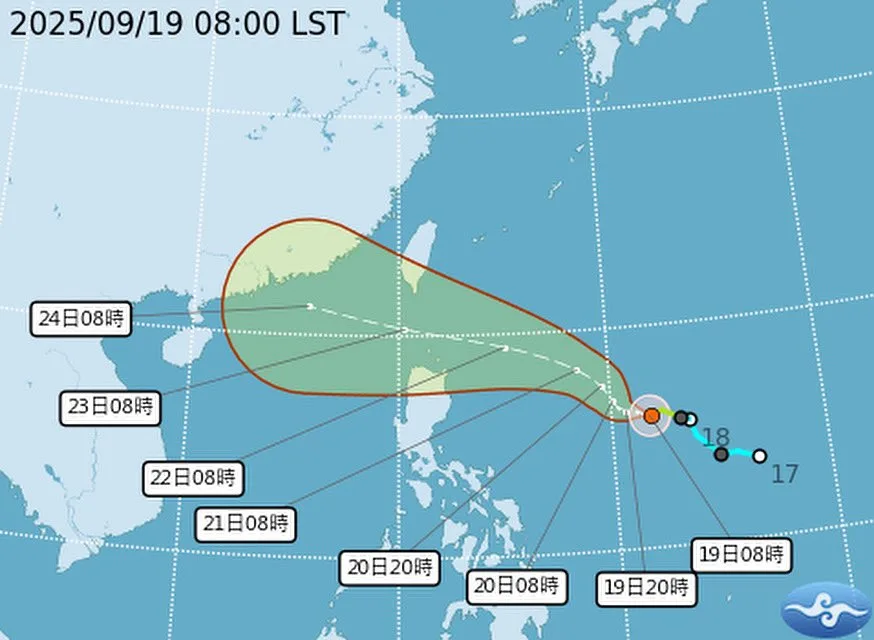
Early forecast models predicted that the storm would miss Taiwan, which it did.
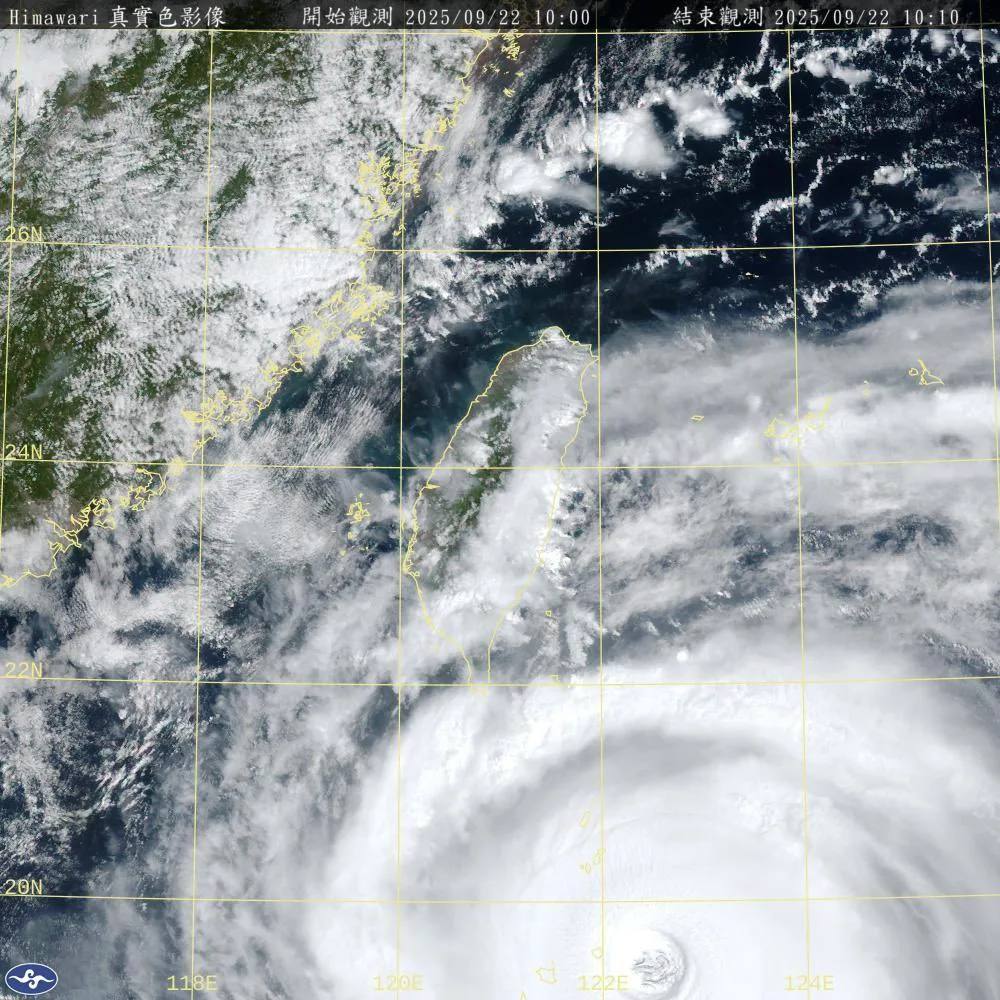
View of the Typhoon passing through the Bashi Channel.
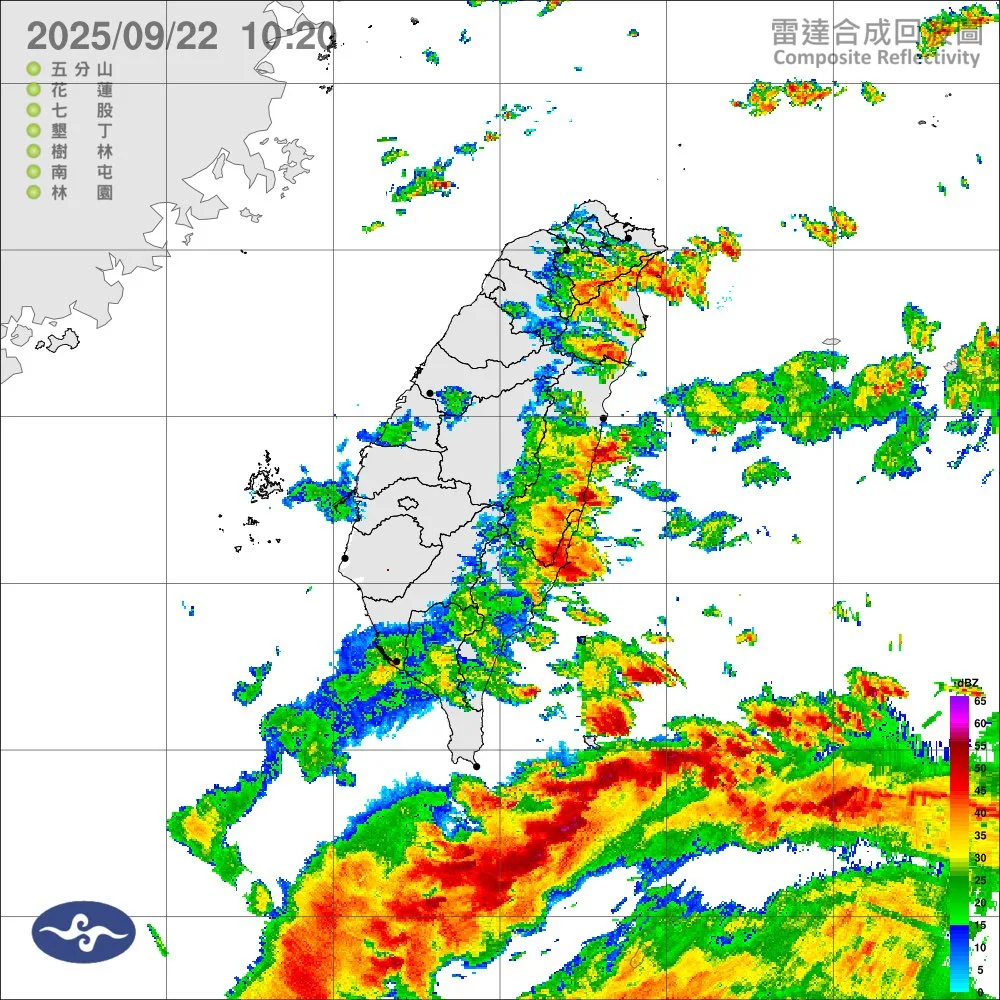
Radar View.
School and work were canceled in Taitung and Hualien.
My Experience

I was in Taipei during this storm. It was very windy in Taipei with lots of heavy rain too. It felt like a typhoon even though it was far away. There were many strong wind gusts and heavy rain bursts in Taipei, but the weather had completely cleared by the next day.
Rainfall Totals
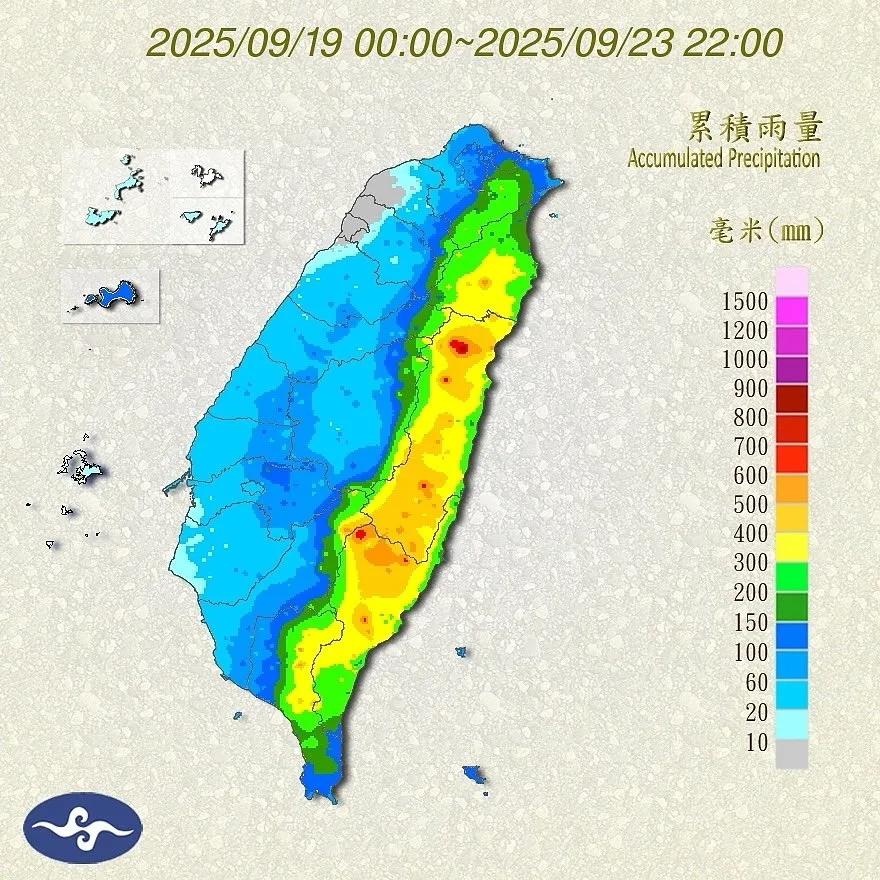
Nearly a meter of rain had fallen in the mountains of Hualien during Typhoon Ragas.
Satellite Track, Rain Totals, and Radar
Matao’an Barrier Lake Overflow 馬太鞍溪堰塞湖溢流
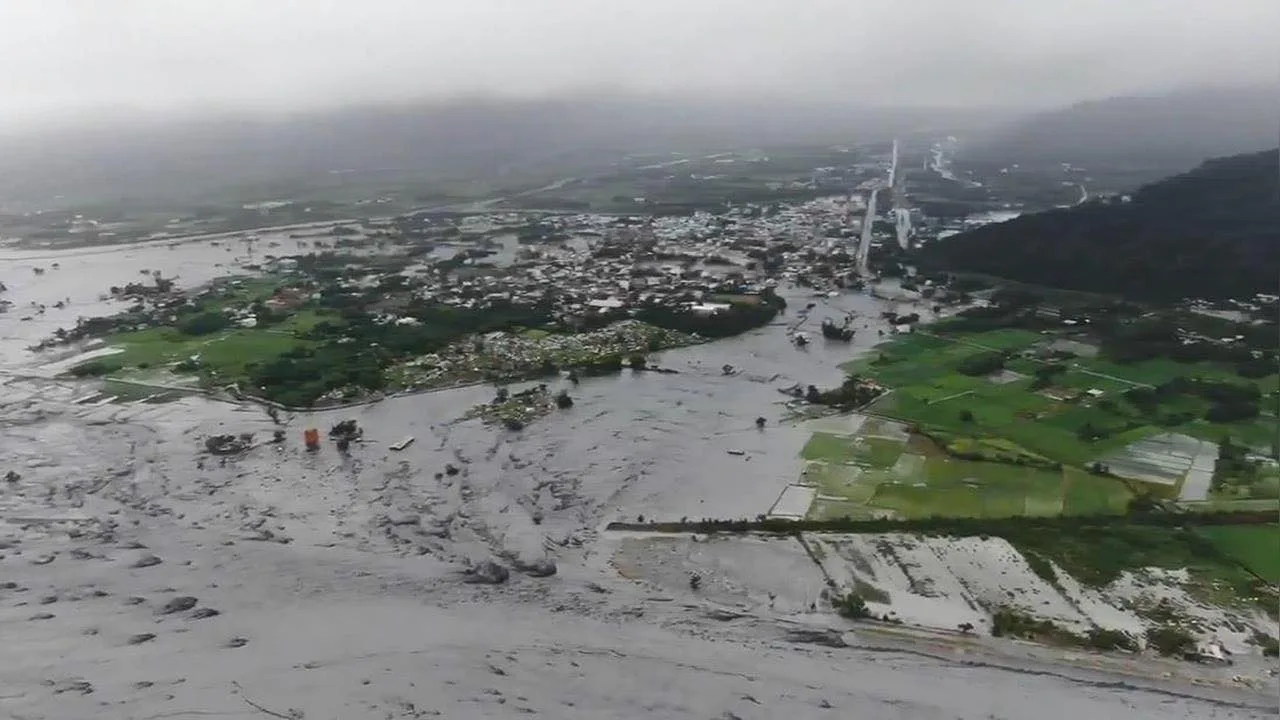
On 23 September 2025, the Matai’an (Fata’an) Creek landslide-dam (barrier lake) in Hualien County, Taiwan, suddenly overflowed after heavy rains from Typhoon Ragasa. The lake had formed upstream in July 2025 when a massive landslide—preceded by slope loosening from the 3 April 2024 Hualien earthquake—blocked the creek during rains from Tropical Storm Wipha. Multiple overflow pulses on Sept. 23 sent debris-laden floods downstream, destroying the Matai’an Creek Bridge on Provincial Highway 9 and breaching levees, which inundated Guangfu Township and affected nearby Wanrong, Fenglin, and Shoufeng.
Authorities had warned and expanded evacuation zones ahead of the typhoon; thousands relocated or took vertical evacuation to upper floors. Nevertheless, the disaster caused severe losses: as of Oct. 2, officials reported 19 dead, 5 missing, and 156 injured; over 1,600 homes and several public buildings were mud-inundated, more than 504 hectares of farmland flooded, and major utility outages occurred.
Geomorphically, the dam crest incision (“down-cutting”) was extreme—experts said it likely reached breach-level severity. After the overflows, the lake level fell about 118.6 m; the surface area shrank from ~140 ha to ~12.6 ha; and stored water volume dropped from ~91 million m³ to ~5.9 million m³ (≈6.4% of pre-event volume).
Response and recovery mobilized large numbers of local and outside firefighters, military units, and volunteers—nicknamed the “shovel superheroes”—who arrived by train to help with muck-out and sanitation. Government agencies began emergency river training, temporary levees, deep channels to divert flow, large-scale dredging plans through 2026, and a staged rebuilding of the destroyed bridge (temporary culvert road in mid-October 2025; steel temporary bridge by January 2026; one-way span by late 2026; full two-way completion in 2027). Prosecutors have opened an investigation into warnings, evacuations, and decision-making of the event.
For more photos of and information on this barrier lake, check out this website or this thread.
This disaster seems to have been impossible to prevent. There was too little time, and the lake was in a very remote location. The best course of action was to evacuate the town.
It was heartwarming to see thousands of people visit Guangfu and shovel mud out of homes. I wish I had more time to do the same. They still need help down there.


Actually, helping in Guangfu has become sort of a social media craze. Even though the volunteers here are just showing up with shovels, they get lots of likes and follows from social media.
Some people have said that the tons of influencers and other well-intentioned people showing up has created a logistical nightmare, with no one coordinating relief efforts. Also some people have come ill-prepared and have gotten injured or sick from contaminated debris. Hopefully there will be a more coordinated relief effort in the future.
Videos From Around Taiwan
Safety Precautions During a Typhoon
- Secure loose outside objects
- If you live on the first floor of a flood-prone area, move as many valuables and important objects to higher floors as possible.
- Park your car/scooter on high ground
- Avoid going outside for your safety
- Stay out of the mountains
- Stay away from the ocean
- Have enough dry food and water ready for three days (72 hours) in case water and electricity are cut off.
If you follow the above rules, most Typhoons in Taiwan will not be dangerous. Also, most buildings in Taiwan are built with reinforced concrete that can withstand even the strongest winds, so stay indoors and you will be fine.
Conclusion
This was a powerful and quick storm that soaked Eastern Taiwan. It killed the most people since Typhoon Marokot, which was also due to a landslide. This is a Typhoon that will not soon be forgotten in Taiwan.
For more Typhoon history, check out our full 2024 Taiwan Typhoon Season post here.






